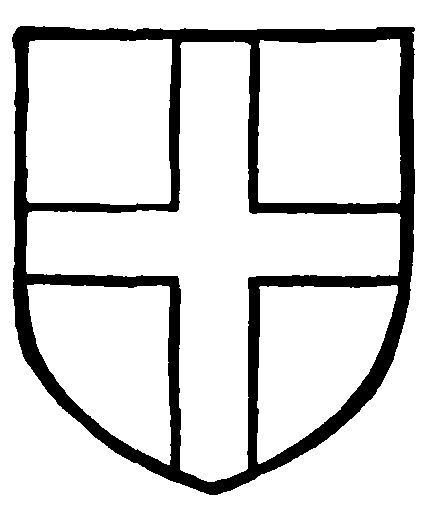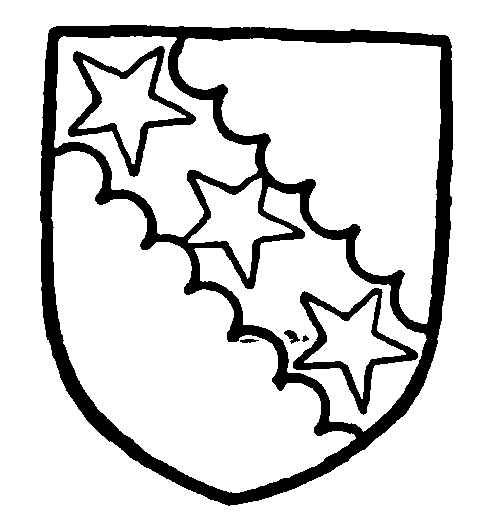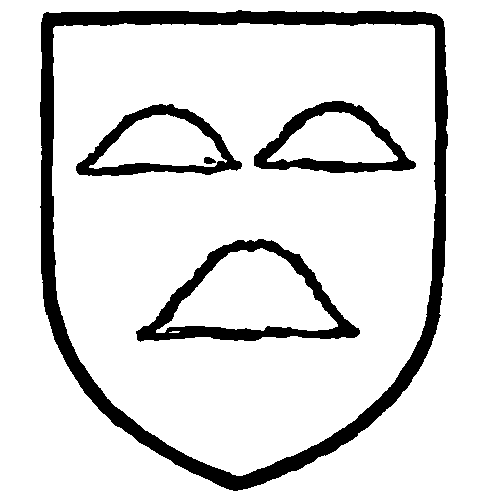A History of the County of Lancaster: Volume 5. Originally published by Victoria County History, London, 1911.
This free content was digitised by double rekeying. All rights reserved.
'Townships: Entwistle', in A History of the County of Lancaster: Volume 5, ed. William Farrer, J Brownbill( London, 1911), British History Online https://prod.british-history.ac.uk/vch/lancs/vol5/pp282-284 [accessed 25 November 2024].
'Townships: Entwistle', in A History of the County of Lancaster: Volume 5. Edited by William Farrer, J Brownbill( London, 1911), British History Online, accessed November 25, 2024, https://prod.british-history.ac.uk/vch/lancs/vol5/pp282-284.
"Townships: Entwistle". A History of the County of Lancaster: Volume 5. Ed. William Farrer, J Brownbill(London, 1911), , British History Online. Web. 25 November 2024. https://prod.british-history.ac.uk/vch/lancs/vol5/pp282-284.
In this section
ENTWISLE
Hennetwisel, 1212; Ennetwysel, 1278; Entwysel, Entwysil, 1292.
The greatest height in this township, about 1,080 ft., is reached at Soot Hill, near the centre of the northern boundary. To the east there is a valley, and then the ground rises again, reaching a similar height on the north-east boundary. From these points the ground slopes southward. The area is 1,668 acres. The population in 1901 was numbered with that of Edgeworth, in which township Entwisle was merged by the Bolton, Turton, and Westhoughton Extension Act, 1898.
The Bury and Blackburn road crosses the eastern part of the township, passing through the hamlet called Wayoh Fold. A minor road goes west through the hamlets of Entwisle, Edgefold, and Cadshaw. Cranberry Moss lies in the north-west corner, and Aushaw in the north-east. Bradshaw Brook, which forms the southern boundary, has been transformed into a reservoir of the Bolton Water Works. The Lancashire and Yorkshire Company's Bolton and Blackburn line passes north through the centre of the township, and has a station called Entwisle; there is a long tunnel at the northern boundary, passing under Whittlestone Head.
The soil is mostly in pasture. There are calico print works, and bricks are made. There are also stone quarries.
There were thirty-six hearths to contribute to the hearth tax in 1666; Francis Norbury's house had the largest number, seven. (fn. 1)
Manor
Two oxgangs in Edgeworth, or a fourth part of the manor, were by the father of the William de Radcliffe living in 1212 given to Robert de Entwisle in marriage with his daughter. (fn. 2) This was no doubt the township of Entwisle, but the' manor' of Entwisle appears to have been more properly the portion held by the local family of the Hospitallers, who had land here from an early period. (fn. 3)

The Hospitallers. Gules a cross argent.
The Entwisle family can thus be traced back to the latter years of the 12th century, but in this case, as in others, no proper account can be given of it, owing to the lack of evidence. (fn. 4) Anian Entwisle died in May 1442, having a fourth part of the fourth part of the manor of Edgeworth, held by the sixteenth part of a knight's fee and the service of 1s. 3d. a year; its clear value was 20s. He also held the manor of Entwisle of St. John of Jerusalem by the service of 12d. a year; its value was 100s.; also lands in Turton and Bolton. Ellis, his son and heir, was twenty-three years of age. (fn. 5) Of the same family is supposed to have been the Sir Bertin Entwisle who fell fighting on the Lancastrian side at St. Albans, 1455. (fn. 6)
Edmund Entwisle died 8 July 1544, holding the manor of Entwisle of the king in socage by a rent of 12d. yearly (i.e. the Hospitallers' rent); messuages and lands in Entwisle and Edgeworth, of the king by the third part of the fourth part of a knight's fee and rent of 15d.; also lands in Turton, Bolton, Radcliffe, and the Manchester district. George his son and heir was twenty-two years of age. (fn. 7)
George Entwisle in 1546 and 1551 made settlements of his estate in thirty or thirty-six messuages and various lands, largely moor and pasture, in Entwisle, Wayoh (' Wao '), Bolton, Chorlton, Rusholme, Ardwick, Withington, and Manchester. (fn. 8) In the second case the estate, after one week, was to pass to Thurstan Tyldesley, his younger son, and his heirs. (fn. 9)

Entwisle. Argent on a bend engrailed sable three mullets of the field.

Tyldesley. Argent three mole-hills proper.
The manor thus passed into the hands of the Tyldesleys of Morleys. (fn. 10) The hall and lands in the township were sold by Edmund Tyldesley between 1657 and 1670 to a large number of persons, (fn. 11) and the history of the manor cannot be traced further.
In 1808, however, John Brandwood paid £1 to Bamber Gascoyne, as lord of Much Woolton, for twenty years' rent known as St. John of Jerusalem's rent. (fn. 12) Of this family probably was derived James Brandwood, born in 1739, son of John Brandwood of New House, Entwisle, who joined the Society of Friends and achieved some distinction among them. He died in 1826. (fn. 13)
Entwisle Hall, a two-story stone-built house standing on a high situation about 1½ miles north of Turton Tower, was described by Camden (fn. 14) as a 'proper fair house,' but this probably refers to an older building than the present one, which seems to have been erected in the first half of the 17th century. It has a long front facing south and is of the type of plan having a central hall and projecting end wings; but has a further east wing with large stone chimney and end gable. The roof of the main portion of the building has been covered in modern times with blue slates, but the eastern end retains its ancient grey stone slates and stone coping and balls to the end gable; the two gables facing south are quite plain. The windows at this end too are the original ones, with stone mullions and hood-moulds, but those of the rest of the house have been mutilated and done away with altogether, and smaller modern windows inserted, though the hoodmould of a former long low window still remains in the centre part of the house.
The building is divided into three tenements and seems to have been so since the middle of the 17th century. A deed for the transfer of the middle part of Entwisle Hall to John Kay in 1657 speaks of 'all that capital Messuage or Manor House commonly known by the name of Entwisle Hall, and the demesne lands thereunto belonging, That is to witt, the Room called the Hall, containing three bays of buildings or thereabouts, standing and being betwixt the parlour and the kitchen, with all the chambers and rooms over the same room called the Hall.' Mention is also made of the 'out Ileinge adjoining to the Hall on the north side,' and of the 'court or yard lying on the south side of the Hall.' Another deed of the same year referring to the sale of the east end of the house to Roger Brandwood refers to it as 'the kitchen containing four bays in length with the chambers and rooms over,' and gives Brandwood the liberty 'to pass and repass through the fold or yard on the south side of the hall and parlour unto and from the kitchen.'
The building still fairly well corresponds with these descriptions. The middle part, or hall, seems always to have been of two stories, and probably the house as described in 1657 had been lately rebuilt. The court on the south side appears to have been a yard only as at present. The barn now on the south side of the house was erected in 1720, which date it bears, together with the initials I R B M, probably those of James and Roger Brandwood and Mary, the wife of James. (fn. 15) The Brandwoods also appear to have restored their end of the house in the 18th century, and later unimportant additions have been made to the building on the north and west sides.
In 1826, during the days of industrial distress and starvation, the old kitchen and other apartments on the ground floor at the east end, were used as a 'dowhouse,' and about the same time the rooms over the hall, most of which retain their oak floors, were converted into weaving places to find employment for those out of work. (fn. 16)
A Houghton family had some estate in the township. (fn. 17)
The Wesleyan Methodists have a Sunday service at Entwisle.
